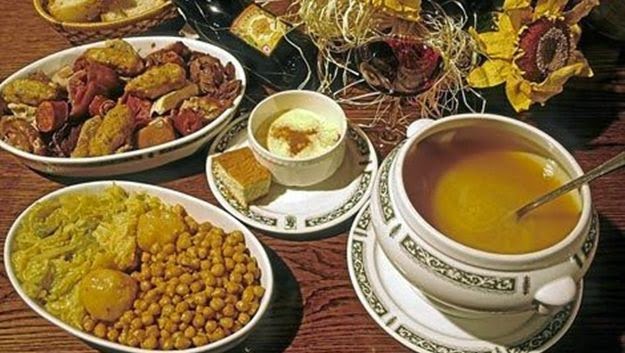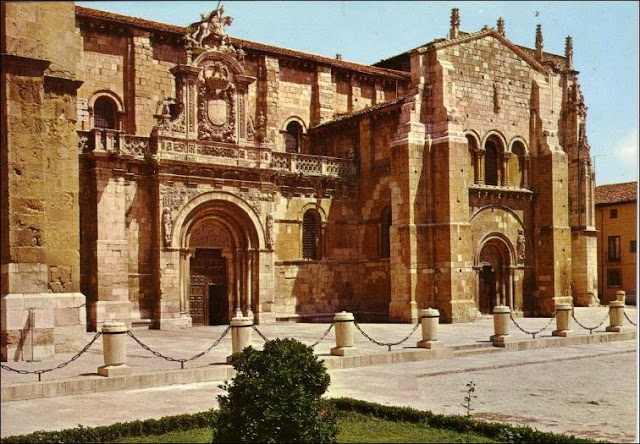León City is the capital of the province of León located in the northwest of Spain and Its population is about 150000 citizens. Founded as a Roman military encampment, in 910 it became the capital of the Kingdom of León. Its location on the "Camino de Santiago" and it's a city where the stop is secured.
León city has many customs and traditions that include the "San Juan" and "San Pedro" festivities which are celebrate during the last week of June, they are remarkable. During these days there are a lot of concerts and festivals that take place and the city center is occupied by street markets where "leonesa" people celebrate the begining of the summer with beautiful fireworks.
Leon features Mediterranean climate where in winter temperatures are between -7ºC and 10ºC. Frost is common in the early hours of the morning and snowfalls are not rare in the city, however these snowfalls are not heavy. During spring, temperatures are usually between 10ºC and summers are very warm and dry with temperatures between 20ºC and 35ºC.
The Easter week features numerous processions through the center of the city. The most popular procession is the so called "Procession of the meeting" three groups act as Saint John, the Virgin Mary and Christ in front of the old council.
Associated with Easter week is the procession called "The Burial of Genarin". Genarin was an alcoholic who was killed by the first garbage truck. This is a celebration of alcohol ande the main objetive is getting drunk in honor of the alcoholic "leones".
The most of common dishes are "cecina" (smoked beef), "morcilla" (blood sausage), garlic soup and "cocido leonés" (chickpeas and vermicelli soup with a lot of types of meat). Another very important part of the food of León is the "tapas" which are usually given free with drinks. It's very common to go the "tapas" before lunch or dinner on Fridays and Saturdays.
The official language is Spanish but there is another language that is "Llionés". It refers to the vernacular language which are spoken in the region of León and in a few areas in Portugal and it's similar to the Portguese language. The "Llionés" doesn't have an official institution that regulates.
For example: fazer (Portuguese) facere (Llionés) hacer (Spanish) to do (English)
León's architectural heritage is defined by the Cathedral, the finest example of Gothic architecture in Spain. Also called the "Pulcra Leonina" or the house of the light because it's full of stained glass. It was built on the site of previous Roman baths. It is one of the things that makes León so famous.
The Monastery of San Marcos is a prime example of plateresque and Renaissance Spanish architecture. The building was transformed first as a prison during the Spanish Civil War and now as a museum and a luxury hotel.
The Casa Botines is a Modernist creation of the architect Antonio Gaudi. The house's nickname comes from the last name of the last company which worked here. Antonio Gaudi has only created three buildings outside Barcelona: the Episcopal Palace of Astorga (Astorga is a village of León), a palace in Santander and this wonderful construction.
A noteworthy example of modern architecture is the Museum of Contemporany Art or MUSAC, designed by Spanish architects Mansilla and Tuñon. It has been awarded a lot of prizes such as Mies van der Rohe award or European Union Prize for Contemporany Architecture. It has become a landmark for the city of León.
There is another building of the same architects, the Auditorium, also worth a visit and it's a wonderful example of modern architecture.

















